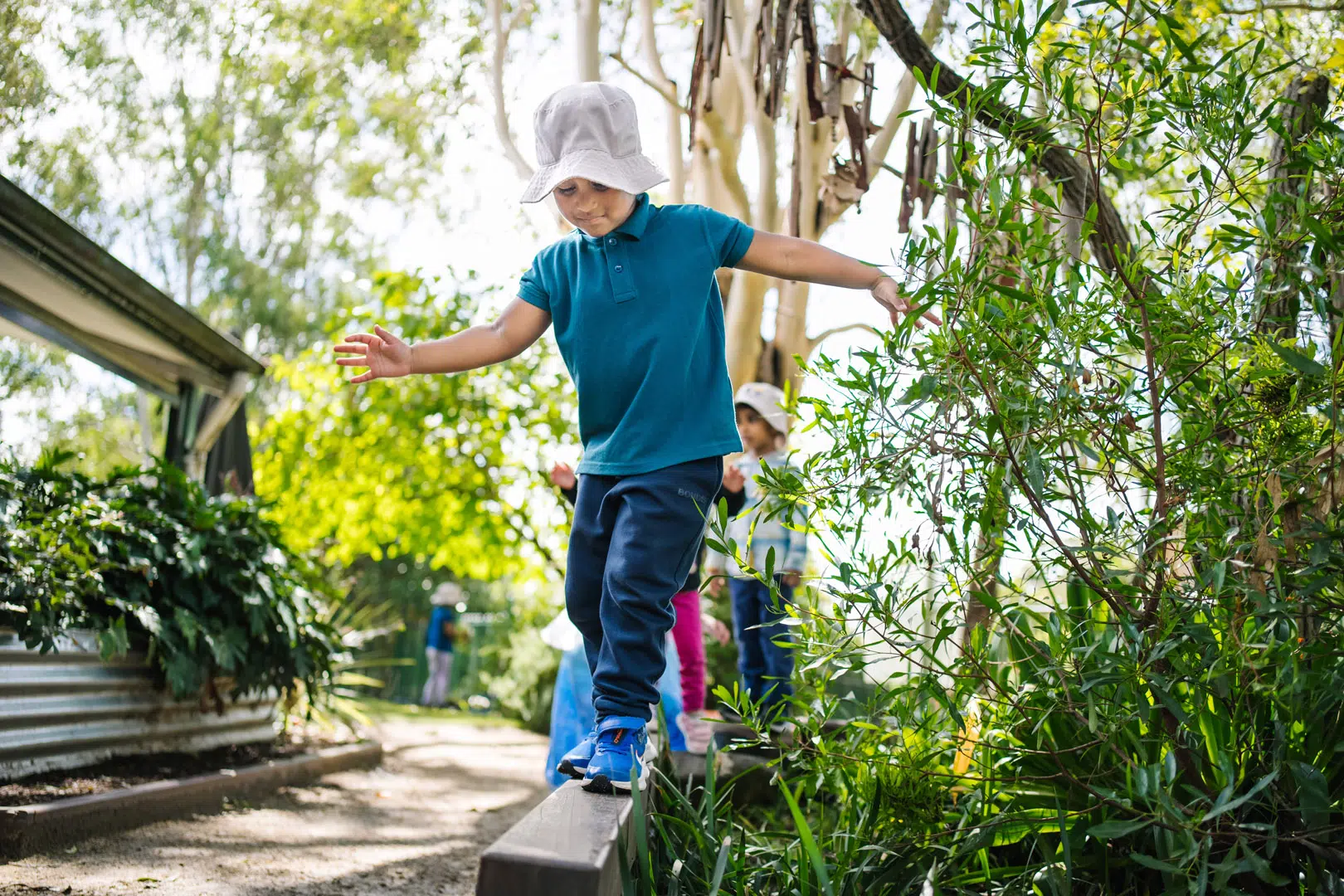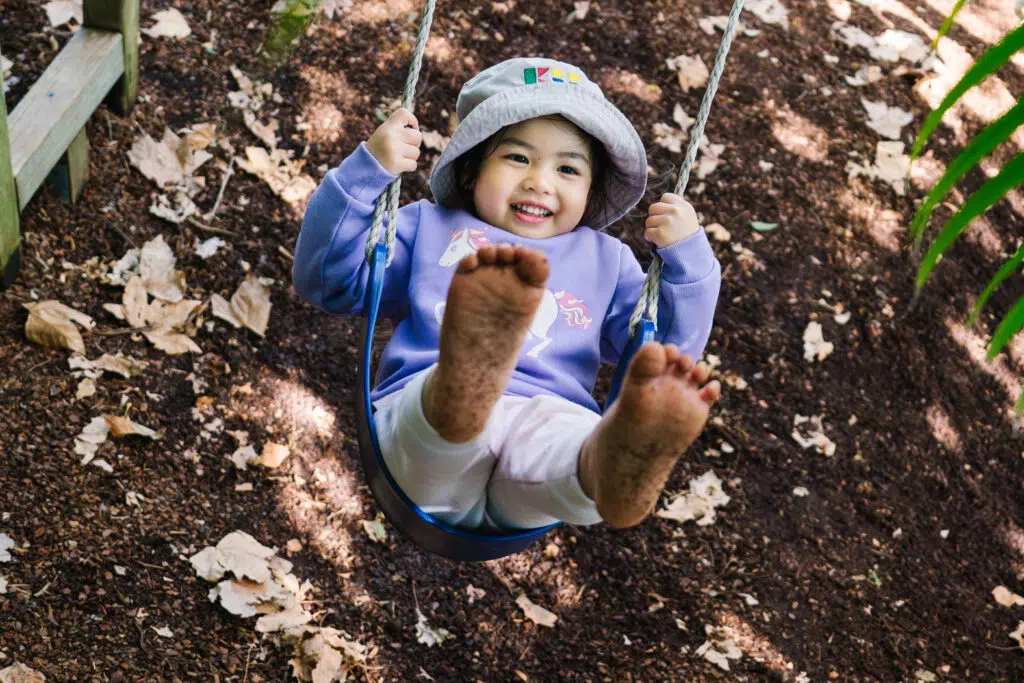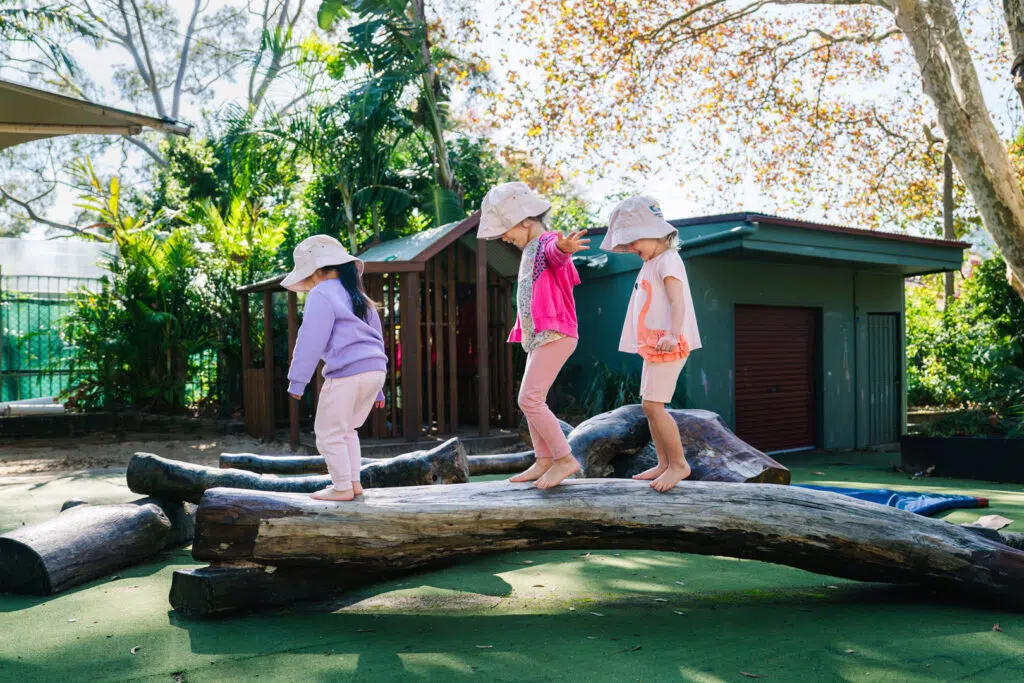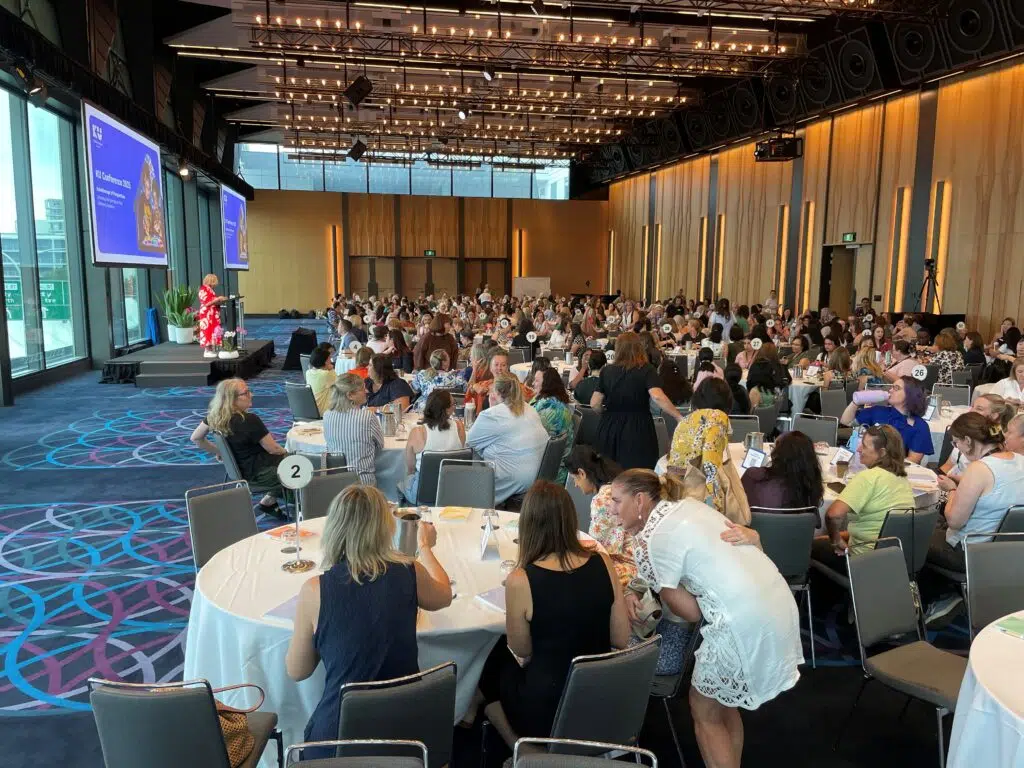
Rituals and relationships
Jan Faulkner shares her perspectives on the value of rituals in early childhood communities.
By Jan Faulkner, KU Learning and Development
July 2021
Throughout time, rituals have been used to connect people together and create a sense of community. Although religious rituals or ceremonial rites of passage play an important part in society, so do the rituals of family and friendship; the traditions and customs that are unique to our clan. These communal rituals of shared experience help provide us with a sense of belonging and togetherness, and as such they help with our mental, spiritual and emotional wellbeing.
But what is a ritual? Rituals are more than routines which are mostly performed without thinking. In contrast, rituals are a sequence of actions that are mindful and meaningful and carried out with purpose and intent. We intentionally create rituals that help us to connect with others, participate in community, build and sustain relationships and navigate the journey through life.
We are familiar with the big rituals of weddings, birthdays and graduations, but what of the everyday – the daily rituals that help us build meaning in our lives. In early childhood settings it is important that we create a place where children feel emotionally safe and are surrounded by caring adults. Creating rituals that help children to have this sense of belonging does not just happen, it takes time and effort. Lyon and Christie suggest:
“
When we create beautiful rituals for children, we are giving them an irresistible invitation to participate in something meaningful and to engage and connect with others. The thoughtfulness of a ritual created by the head, heart and hands resonates with all that it is to be human – moving us to revisit this joyful familiarity again and again.
Memory Lyon and Toni Christie, 2019
When early childhood centres create their own rituals, they are unique to their place and their community. For example, consider mealtimes. We can move through mealtimes routinely so they are efficient, and children can go back to their activities or on to sleep time. If children are rather involved in creating an inviting space to eat, setting the table the way they like, choosing the table decorations that reflect their personality, serving the food, finding the friends they want to sit next to and engaging in conversation while they eat, mealtimes become a ritual where meaningful connections are made. Educators and children look forward to the occasion, food is enjoyed, and time is unhurried.
When we recognise that children can be part of creating rituals, it shows respect for their part in contributing to a community where everyone has value. I remember a farewell ritual that involved children running up a hallway and hiding under a chair in the foyer. Parents had to follow behind and search for where their child might be ‘hiding’. All children engaged in the ritual, and it was passed down to every group over the years. Educators could have banned running up the hallway but instead made it safe and recognised the ritual as an important part of children’s transition to home.
Rituals require full engagement from the educators in the space. To belong to the centre community means to commit to the ritual otherwise we end up standing on the outside. We must put effort into establishing the rituals. Lyon and Christie suggest that we need to prepare with intention (2019). They recommend:
- Asking “Who is the ritual for?” If the answer is not “the child” then think again.
- Having clear intentions to create rich and rewarding rituals.
- Planning and preparation. Have the tools and resources ready so that you stay focussed and engaged.
- Modelling care and respect. Showing respect, pride and joy in the environment contributes to a curriculum that is meaningful and representative of the children and families.
We could say that rituals are the safety container for the child because they help them to feel nurtured, refuelled and cared for. If we put energy into creating them, we have a much better chance of bringing communities together (The Heart School, 2016). It is incumbent on us as educators to see the potential of these everyday experiences and their place in our lives. Ann Pelo describes it nicely:
“
Rituals mark the passages that spin our lives forward: birthdays, weddings, funerals, graduation, retirement; we come together in community to honor each other and to recognize life’s unfolding. Religious rites and sacraments ritualize encounters with the sacred and cultivate hope for further holy visitations. Simpler rituals celebrate the daily goodness and generosity of our lives: we say grace, we raise toasts, we kiss each other goodnight.
Ann Pelo, 2013
Want to know more?
To learn more about rituals and relationships and the full range of KU Learning and Development courses and events, click the below button.
References
Lyon, M. and Christie, T. (2019) Rituals: making the everyday extraordinary in early childhood. New Zealand: Childspace
Pelo, A. (2013) The goodness of rain: developing ecological identity in young children. U.S.A: Exchange Press
The Heart School (2016) Rituals, transforming the mundane into the sacred. Accessed 15/11/2019 www.heartschool.nz/blog



